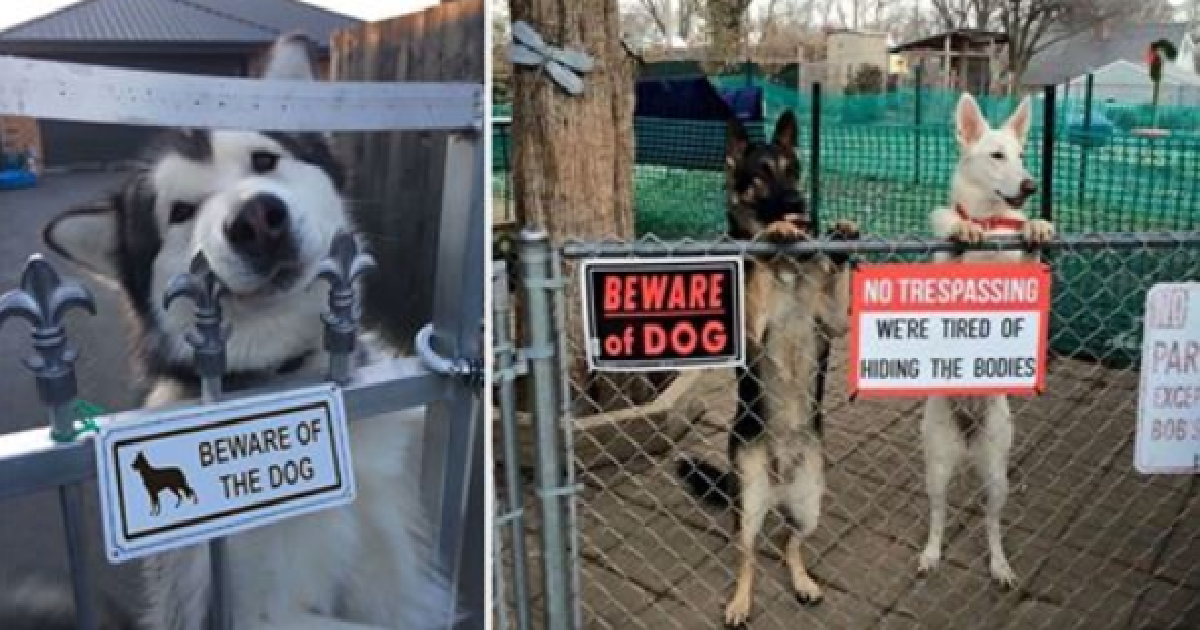Whenever I’m savoring a seafood dish, my dog’s eager eyes follow each bite. Of course, I ponder whether I can share my delight with my furry companion. Particularly, “can dogs eat lobster?” is a query that crosses my mind as I pluck the tender meat from the shell. It turns out that lobster can indeed be a decadent indulgence for our canine friends – but with conditions. As a responsible pet owner, understanding the proper diet for dogs is crucial when considering human food for dogs and if canines can safely eat seafood.
Introducing new foods into our dog’s diet is no small decision. With lobster, it must be done with precision and caution. The luxurious shellfish comes with a caveat – its high levels of sodium and cholesterol could potentially cause more harm than good. The risk of choking on shells or contracting an illness from undercooked meat makes me especially meticulous about how to prepare this oceanic treat.
Can Dogs Eat Lobster? Yes, they can, but within the limits.
- Lobster is safe for dogs if served in small, shell-free portions.
- Cook lobster thoroughly and serve it plain to avoid health risks.
- Monitor your dog for allergic reactions when introducing lobster.
- Be mindful of the high sodium and cholesterol content in lobster.
- Consult with a veterinarian for personalized feeding advice.
Understanding Lobster as a Dog Treat
As a devoted pet owner, I always wonder about the best treats to offer my furry friend. When it comes to “is lobster safe for dogs”, there’s quite a bit to consider. Not only does lobster pique the interest of our canine companions due to its rich flavor, but it’s also packed with nutritional benefits when prepared accordingly.

Is Lobster Safe for Our Canine Friends?
Ensuring the safety of lobster and dogs starts with proper serving etiquette. Although lobster is non-toxic to dogs, the way we choose to serve it can make all the difference. Lobster shells are a choking hazard and can cause internal damage, so it is crucial to remove them. Also, while lobster offers nutritional perks, it’s paramount to recognize that raw lobster is off-limits due to the risk of bacteria and parasites.
The Nutritional Benefits of Lobster for Dogs
When thinking of feeding lobster to dogs, it’s encouraging to know that lobster is a source of high-quality protein. Offering essential minerals like iron, zinc, and omega-3 fatty acids, lobster can be a beneficial, albeit occasional, addition to your dog’s meal plan. But, moderation is vital, as these sea treats are not everyday food items.
Risks and Allergies Associated with Dogs and Lobster
While exploring dog-friendly seafood options, it’s necessary to recognize that dogs, like humans, can develop allergies to new foods. Initial offerings of lobster should be small to watch for any signs of allergy in your furry friend, such as diarrhea, hot spots, or excessive scratching. Moreover, the high sodium content in lobster is something to be wary of, as it can lead to issues like sodium ion poisoning if ingested in large quantities. As we include lobster in our dogs’ diets, it is always best to do so thoughtfully, treating it as a rare and special delicacy.
Lobster Preparation: Making it Safe for Your Pooch
As a dog owner who loves to pamper my furry friend, I’m always on the lookout for new treats to add to their diet. Lobster, while not a common choice due to its cost, can sometimes find its way into our homes during special occasions. If you’re contemplating feeding lobster to dogs, here’s how I ensure it’s done safely.

Firstly, I make sure that the lobster is thoroughly cooked. Whether I’m boiling, baking, or steaming, it’s critical to avoid any seasonings or butter. These extras, while delicious to us, could be harmful to dogs. Notably, no part of a proper diet for dogs should include such additives when it comes to seafood, or any other human food for that matter.
Next, I meticulously remove any lobster shells. They’re not only a choking hazard but can also cause internal injuries or obstructions if swallowed. Therefore, I take the time to double-check each piece of meat, ensuring my dog’s safety.
When it comes to portioning, less is more. Dogs can relish the taste of lobster meat in small quantities. It’s a rich food, after all. Although not a staple in typical commercial pet foods or treats due to its high price tag, enjoying a bit of lobster can be an occasional highlight within a diverse seafood diet for dogs.
Remember, a treat is just that – a treat. It’s not a meal substitute. Including lobster as a special indulgence in a dog’s diet is fine on occasion, but should never become a regular component. Moderation is key, and as always, consult your vet if you’re unsure about new foods or portion sizes for your dog.
Can Dogs Eat Lobster? What Every Pet Owner Should Know
As a devoted pet owner, I’m always exploring the do’s and don’ts of a healthy diet for my furry friend. I’ve discovered that most dogs love the taste of seafood, and it can be a nutritious part of their diet. One question I often hear is, can dogs have lobster? While lobster is indeed a flavor delight, there are a few things to consider for a seafood diet for dogs.
Before diving into the specifics, it’s important to acknowledge that although lobsters might be safe for dogs to eat, they are not a canine dietary essential. Lobsters can be part of dog-friendly seafood options, but should they be a regular menu feature? Let’s find out.
Identifying Dog-Friendly Seafood Options
Dogs can enjoy a variety of seafood in their diet, which can be both delicious and beneficial for their health. When choosing seafood for my dog, I focus on options that are high in protein and omega-3 fatty acids, providing essential nutrients for a shiny coat and joint health. Suitable and safe alternatives include cooked shrimp, crab, and select cuts of fish like salmon and tuna — always ensuring that any bones and shells are meticulously removed.
Monitoring Your Dog’s Seafood Diet
When it comes to a seafood diet for dogs, there’s such a thing as “too much of a good thing.” That’s especially true with lobster. Given its richness in sodium and cholesterol, not to mention the potential exposure to mercury, lobster should be more of a rare treat than a dietary staple. Always ensure that seafood is thoroughly cooked without any harmful seasonings or marinades that aren’t suited for canine consumption.
While it’s exciting to share a new taste experience with my dog, I find it vital to apply moderation and conduct diligent observation each time I introduce a new element like lobster into their diet. This way, my dog gets to savor a variety of flavors while maintaining a balanced, safe, and nutritious diet.
Feeding Lobster to Dogs: Quantity and Frequency
As someone who deeply cares about the proper diet for dogs, I’ve always been curious about the types of human food we can safely share with our furry companions. If you’ve ever wondered, “Can dogs eat lobster?” you should know that while it’s possible to include this seafood in a dog’s diet, it’s all about balance. Lobster contains beneficial nutrients, but due to its high contents of sodium and cholesterol, the portions must be controlled. I cannot stress enough the importance of moderation to avoid negative health impacts.
The Importance of Moderation
Moderation cannot be overlooked when feeding lobster to dogs. Feeding your pet small, measured quantities on an infrequent basis can provide them with a tasty surprise without the associated risks. For example, consider offering lobster as a monthly treat rather than a weekly indulgence. This sparse frequency helps prevent the development of health problems that could stem from excessive salt and fat intake, which is critical in maintaining a proper diet for dogs.
Understanding the Health Implications of Overfeeding
When I think about the implications of overfeeding lobster to dogs, potential health issues like hypertension, kidney disease, and heart disease come to mind, particularly in dogs prone to these conditions. Dogs with existing health issues – think pancreatitis or diabetes – should likely avoid lobster to sidestep any exacerbation of their symptoms. I always recommend discussing any new additions to your dog’s diet with your veterinarian, as they can provide personalized guidance on safe serving sizes and other potential risks. Remember, lobster for dogs should be an occasional delicacy, not a staple of their diet.
FAQ
Can Dogs Eat Lobster?
Yes, dogs can eat lobster. However, it should only be served in small portions as an occasional treat. Always remove the shell to prevent choking or internal injury, and ensure the lobster is cooked without additives like salt or condiments.
What Are the Nutritional Benefits of Lobster for Dogs?
Lobster can be a healthy treat for dogs because it’s high in protein and contains essential minerals like iron, omega-3 fatty acids, and zinc. These can contribute to a well-rounded diet for dogs when given in moderation.
Are There Risks and Allergies Associated with Dogs Eating Lobster?
Lobster consumption comes with risks like choking on shells, allergic reactions, and potential health issues due to high sodium and cholesterol levels. Always watch for symptoms of allergies and consult your vet for advice on introducing lobster to your dog’s diet.
How Should Lobster Be Prepared for Dogs?
Lobster should be thoroughly cooked without any seasoning, butter, garlic, onions, or other potentially harmful additives. Boiling, baking, or steaming are the best methods. Once cooked, the meat should be removed from the shell and cut into small, manageable pieces before serving to your dog.
What are Dog-Friendly Seafood Options Besides Lobster?
In addition to lobster, dogs can enjoy carefully prepped crab, shrimp, tuna, and salmon as part of their seafood diet. Always ensure that these options are well-cooked, free from bones and shells, and given in appropriate portions. Avoid seafood packed in saltwater or pre-seasoned varieties.
How Often Can I Feed My Dog Lobster?
Lobster should be an occasional treat for your dog due to its high sodium and cholesterol content. Consult with a veterinarian to determine the most appropriate frequency and portion size for your specific dog, as this can vary depending on their size, breed, and overall health.
What Are the Health Implications of Overfeeding Lobster to Dogs?
Overfeeding lobster to dogs could lead to serious health conditions like hypertension, kidney disease, obesity, heart disease, and pancreatitis, especially in dogs with pre-existing health conditions. Striking a balance and moderating the amount of lobster your dog consumes is crucial for their well-being.






